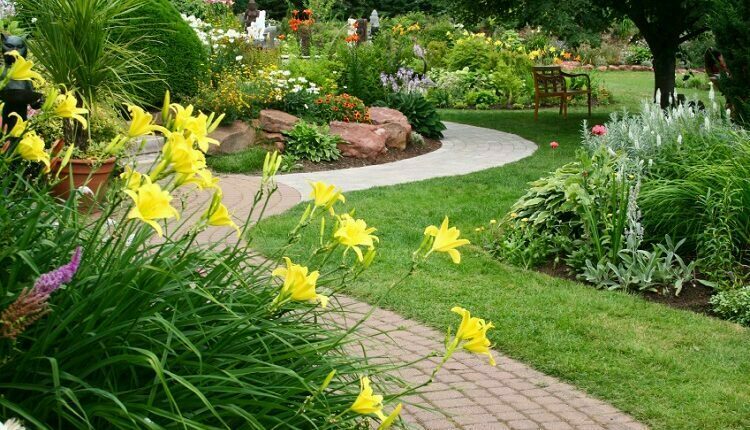Gardening and Landscaping – A Comprehensive Guide
Gardening involves growing flowers, fruits and vegetables in available space whereas landscaping involves designing and organising the piece of land with plants, pathways, fountains and other similar elements to make the available space more attractive. It is not limited to parks and large residential areas, our small backyards and front yards can be landscaped.
We should know about horticulture and artistic design to do landscaping. Keep in mind about weather conditions, maintenance required and area we have before designing.
Table of Contents
Tips for gardening and landscape
- Design layout: landscape design starts by drawing the outline of the area. Select the area to depicted on the diagram and draw the boundaries. Next add the existing features like buildings, poles, slopes which cannot be moved. Now add textures like grass, stone paths, curves, pools, fountains to be included in the design. Add plants such as flower beds, trees, shrubs to the design to complete your layout. This can be used as reference by garden and landscape designer Lisa Ellis in future to make changes.
- Soil: test the soil to know the present condition and fertility requirements for your lawns, flower plants, vegetables. Also create walking paths to avoid walking on the soil inside the flower beds which may result in compacting of soil. Always maintain solo heath.
- Garden tools: Buy good quality tools. They might be expensive, but you get your work perfectly done and reused in long-time. Avoid buying unnecessary tools.
- Mulch: Mulch is a material used to cover the surface to retain the moisture in the soil, to avoid weed growth, and to make the surface look attractive. Organic mulch includes dried leaves, straw, wood chips, compost which act as fertilizers to the soil. Make sure that your mulch is not more than 3 inches above your soil. Inorganic mulch includes rocks, gravel, landscape sheets, and rubber mulch.
- Buy enough: when you are planting for the first time make sure you buy little extra like soil, mulch and plants. Extra plants can be returned or used at other places; if you run short you may not get the same variety which disturbs your garden view.
- Watering: Always water wisely. Water your plants regularly and don’t overwater. Water your plants in morning so that they can dry in sunlight, and use sprinklers for even spreading.
- Sunlight: Although plants need sunlight there are some shade loving plants like foamflower, lungwort, shell ginger, paper plant. And some plants require more sunlight. Keep in mind to design according to the light conditions in your landscape.
- Ecological design: Choose native plants as they tend to adapt to your weather conditions and require less care. They are more immune to pests and diseases. They require less fertilizers or pesticides. Air quality is improved by using native plants. Visit your nearest nursery before selecting the plants you want to grow.
Landscaping varies in different regions, so understanding the site conditions like topography, winds, natural habitat is important. If a land is not fit for landscaping we should reshape it and the process is called grading. This means digging the soil and filling it with required soil.

